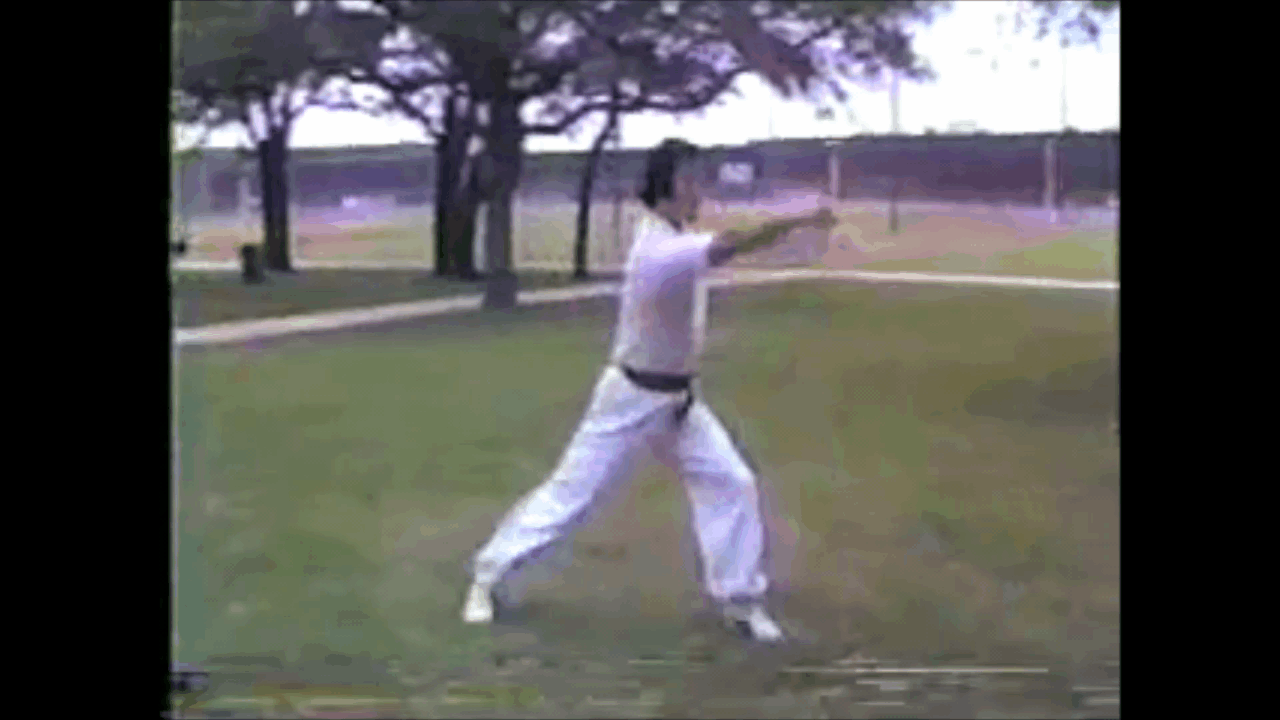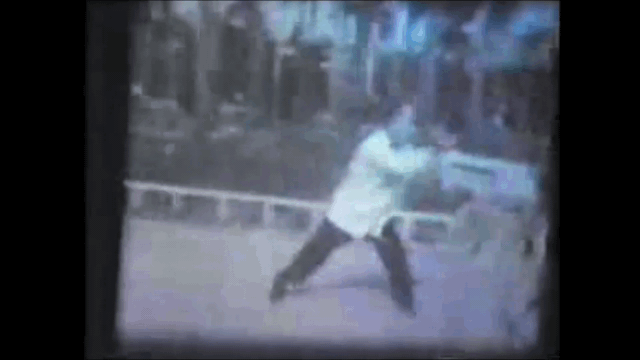- Joined
- Aug 3, 2015
- Messages
- 14,170
- Reaction score
- 6,093
The best approach to understanding how to use a step jab with a low chamber is to search for people who do step jabs in sparring or competitive fighting. If your only goal is to show videos of people who say they don't do it then that means you aren't looking for those who do.Here Stephen Thompson, who represents karate in the UFC, demos the shuffle jab and does not chamber his punches.
I haven’t seen anyone chamber their punches in shadow boxing—karate, jow ga.
John Hackelman, a MMA trainer with a karate background, discusses hikite.
I found a video of Larry Holmes using a step jab with a low chamber. A practioner in a full contact match who uses it, and clips of Lyoto using it in MMA
There also seems yo be an assumption that the step Jab with a low chambered rear hand is a one punch technique.
While the technique can be used as a single Punch. The normal use is to step jab and to release the hand that is pulled back. This is similar to long fist when when we pull our entire arm behind our body which opens us up much more than what hikite does.
The reason the technique works is because it exploits the limited field of vision of human eye, the tendency for tunnel vision during fighting, and the way that our brains process danger.
If you are like most people who watch eyes and chest when fighting then that means you aren't paying attention to punches that start at waist level. If your brain does see the lowered fist then it will register it as something harmless. You are already primed gor this because of your perspective of hikite. You will never see it as some who is in the ready position to punch.
If I jab and low chamber my fist at the same time then you won't see it at all. Your corner man or coach will see it only because they are outside looking in. But you won't see it. If that jab lands on your face then you are done, The second one will be there before you get a visual. If the jab misses and you are close enough. Then the reverse punch will travel under the field of vision.
If the person is too far back then you will see what's going on. This is why I see this as an advanced technique. If you don't at least understand this much then you'll have a lot of trouble just setting up the technique. This is not a beginner level of understanding and I haven't even covered the footwork that is required nor have I mentioned the adjustments that needed depending on you opponent's stance. I haven't the windows of opportunity or how to exit if the jab fails to set up the second punch.
So while the motion of chambering punches at the hip seems like beginner stuff, the application of it is not.
It's OK if people think it's useless and don't want to use it. I actually recommend not using thing that one has no willingness to learn or understand beyond a narrow application. Not using Hikite at the hip isn't going to weaken one's fighting ability. But if you use it then make sure you have a solid understanding of it. It's more than just a fist at the hip. But if it's only a fist at the hip then you won't find much success with it.


